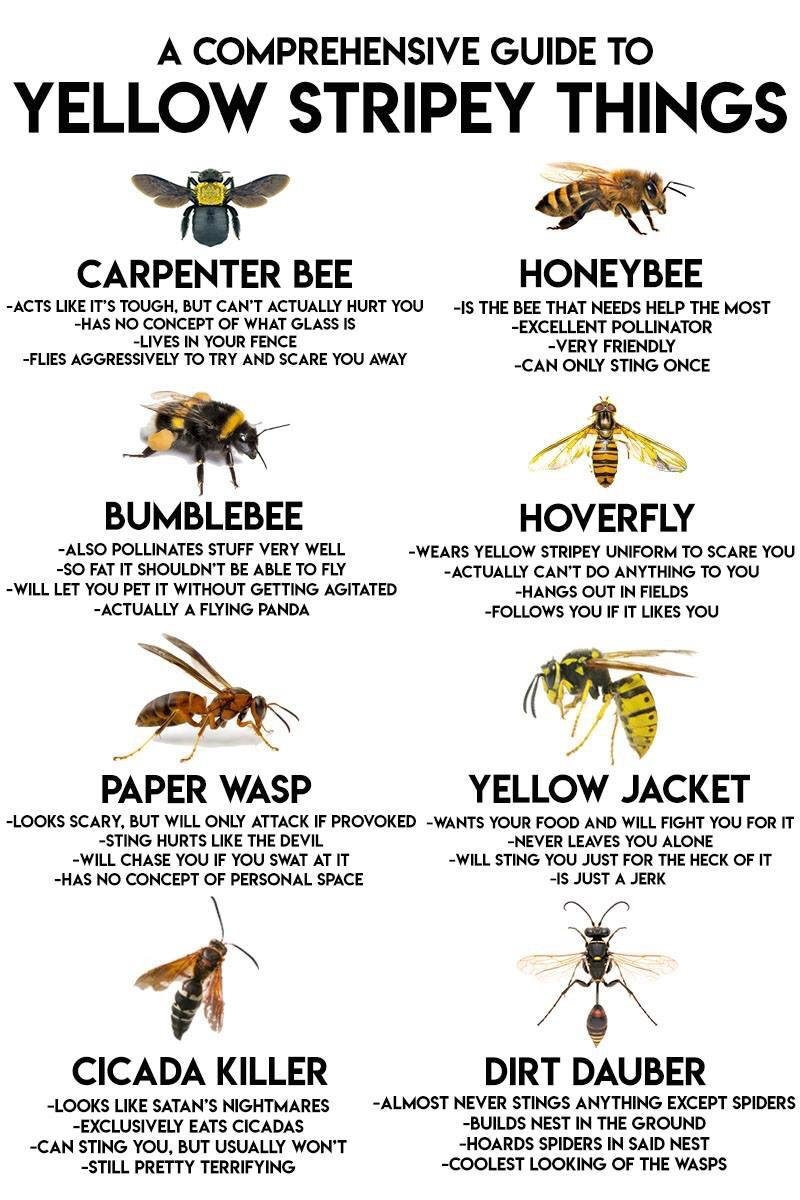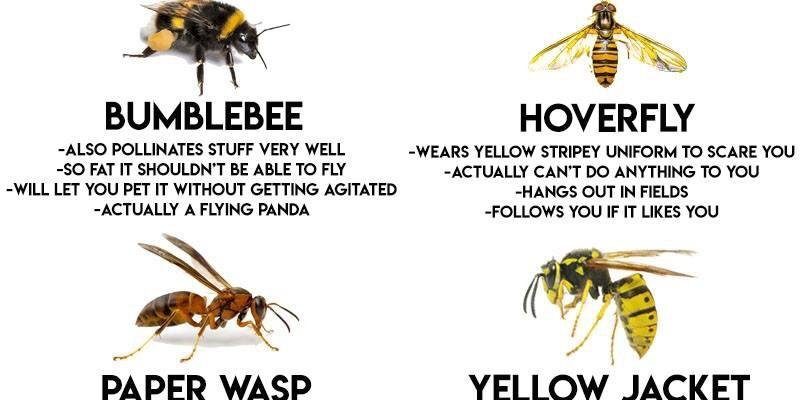
Let’s break this down together—like chatting over coffee. I’ll explain what you need to know about bumblebees, including their stinging habits, how aggressive they really are, and what safety measures you can take if you find yourself near one. By the end of this article, you’ll have a clearer idea of whether you need to run for cover or just relax and enjoy the buzz.
Bumblebee Basics: What You Need to Know
Before diving into the question of danger, it’s helpful to understand what bumblebees are. These insects are part of the Apidae family, which includes honeybees, wasps, and even ants. What sets them apart are their fuzzy bodies and robust build, which make them excellent pollinators. You’ll often find them flitting from flower to flower, collecting nectar and pollen.
Bumblebees are generally found in temperate climates, particularly in North America and Europe. They come in various species, but they all share similar characteristics. Their striking colors, usually black and yellow, are not just for show; they serve as a warning to predators. So, while they might look cute and cuddly, there’s more to these buzzing creatures than meets the eye.
But why should you care? Bumblebees play a vital role in our ecosystem. They help pollinate about a third of the food we eat, including fruits and vegetables. Without them, our plates would look a lot different! Understanding bumblebees’ behavior and how to coexist with them is important for both your safety and their survival.
Do Bumblebees Sting? The Truth About Their Sting
Yes, bumblebees can indeed sting, and you might be wondering how painful that sting really is. Here’s the thing: their sting is not as horrific as it might sound. The pain level is often compared to that of a bee sting—mild and manageable for most people. Remember, they’re not out to hurt you; they sting primarily as a defense mechanism.
When a bumblebee feels threatened, it can sting. But here’s a little twist: unlike honeybees, bumblebees can sting multiple times because they don’t lose their stinger. So if you annoy one, be cautious—repeated stings aren’t fun!
That said, most bumblebee encounters are harmless. They’d much rather do their job pollinating than bother you. If they do happen to sting you, the best course of action is to clean the area with soap and water, apply a cold pack, and keep an eye on any allergic reactions that might occur.
Aggression Levels: Are Bumblebees Really That Aggressive?
You might be surprised to learn that bumblebees aren’t naturally aggressive. They typically only sting when they feel threatened. Imagine it like this: if you were minding your own business in a crowded room and someone leaned in too close, you’d probably feel a bit defensive, right? That’s how bumblebees operate. They’re more interested in gathering nectar than picking fights.
In fact, you can often see bumblebees buzzing around calmly without any intention of bothering humans. They’re usually focused on their flowers and won’t sting unless they’re provoked. So, if you’re out in the garden, it’s best to keep your distance and let them go about their business.
However, if you accidentally disturb their nests, that’s a different story. Bumblebees are known to be protective of their homes, especially during the late summer months when they’re raising their young. If you come too close, they might feel the need to defend their territory.
How to Stay Safe Around Bumblebees
So how can you safely enjoy the company of these fascinating creatures? First and foremost, stay calm. Quick movements or swatting can provoke them. If a bumblebee flies near you, it’s usually just curious.
Here are some practical tips for staying safe around bumblebees:
- Don’t wear strong fragrances: Scents can attract bumblebees. Avoid floral perfumes or scented lotions when you’re outside.
- Be cautious near their nests: If you spot a nest, keep a safe distance. Bumblebee nests are typically found underground or in thick vegetation.
- Don’t provoke them: If you feel scared, slowly back away without sudden movements. They’ll likely lose interest and fly away.
- Educate others: Teach friends and family about bumblebees. The more everyone knows, the less likely they’ll be to harm these important pollinators.
By following these tips, you can enjoy the beauty of bumblebees while minimizing the risk of an unwanted interaction.
Why Bumblebees Matter: Their Essential Role in Nature
Bumblebees are often overlooked in the grand scheme of things, but they play a crucial role in our ecosystem. As pollinators, they help plants reproduce by transferring pollen from male to female flowers. This process is vital for the growth of fruits, vegetables, and many flowers that make our world colorful and delicious.
You might be wondering, “What happens if bumblebees disappear?” The truth is, without them, many plants would struggle to grow. This would affect not only the plants but also the wildlife and humans that rely on them. In other words, we’re all connected in this web of life, and bumblebees play a key part in keeping it intact.
Another important point is that bumblebees are indicators of a healthy ecosystem. When their populations are thriving, it often means that the environment is in good shape. Sadly, bumblebee populations have been declining in recent years due to habitat loss and pesticide use.
Supporting bumblebees isn’t just about protecting them; it’s about ensuring a healthy planet for us all.
Common Myths About Bumblebees
There are a lot of misconceptions surrounding bumblebees and their behavior, so let’s clear a few of them up.
One common myth is that all bumblebees are aggressive. As we’ve discussed before, bumblebees are generally peaceful and sting only when threatened. Another myth is that bumblebees will chase after you. In reality, they don’t go out of their way to seek out humans. If they’re buzzing near you, it’s likely just a coincidence.
Some people believe that bumblebees are the same as wasps, but this isn’t true. Wasps are generally more aggressive and are often scavengers, while bumblebees focus on pollination. Understanding these differences can help reduce fear and promote coexistence.
In conclusion, bumblebees are not dangerous if left undisturbed. They can sting, but they do so mainly out of self-defense. These fascinating creatures are crucial pollinators, playing a vital role in our ecosystem that ultimately affects our food chain and environment.
So the next time a bumblebee buzzes by, remember: it’s just doing its job. By respecting their space and understanding their behavior, we can peacefully coexist with these important insects. Next time you’re in the garden, take a moment to appreciate the bumblebee at work—just keep your distance and enjoy the show! ✨

